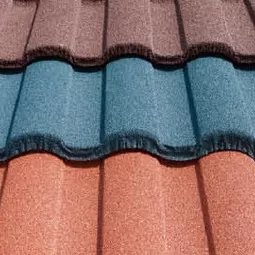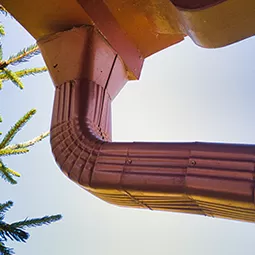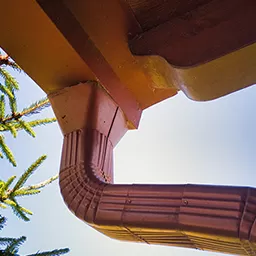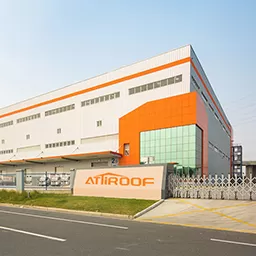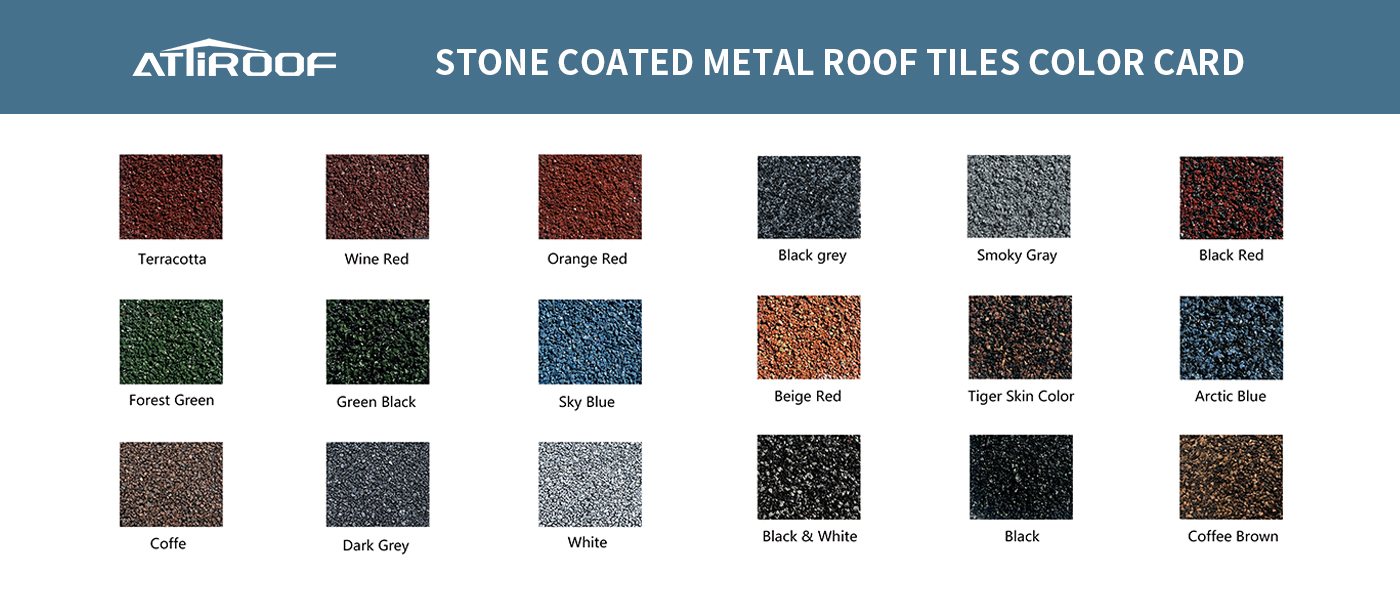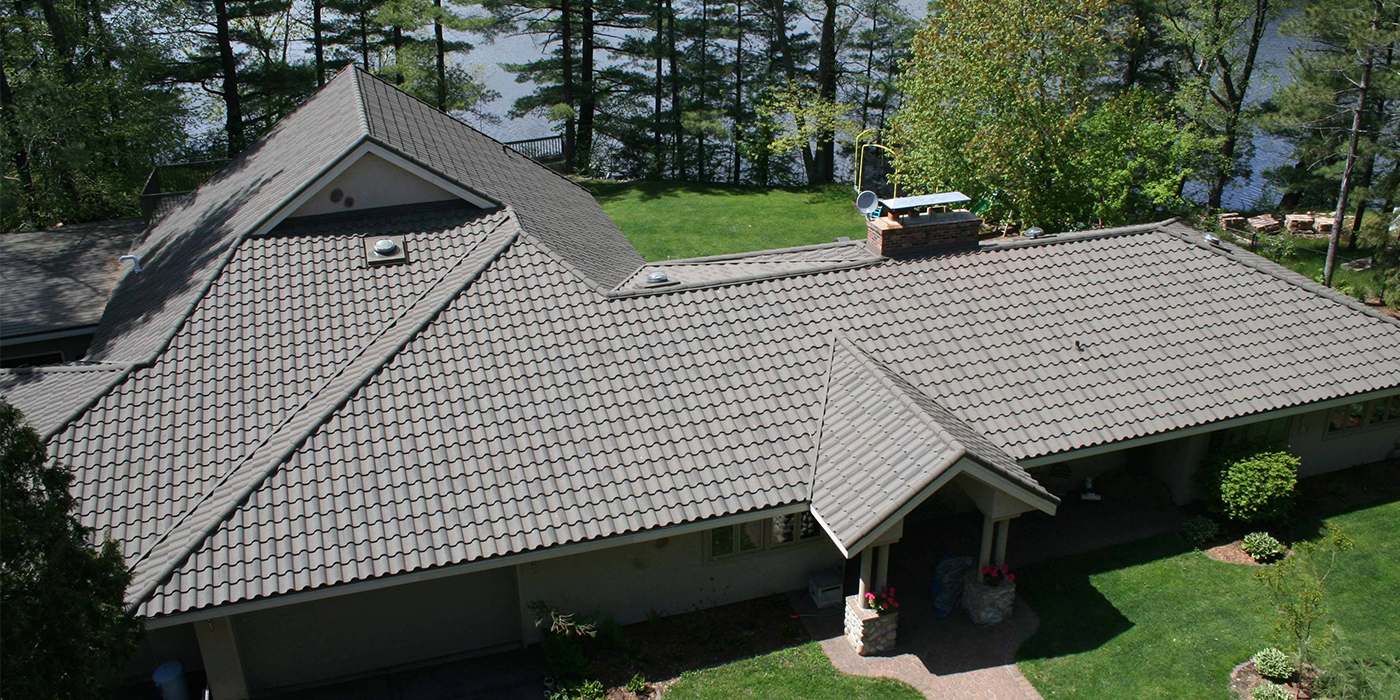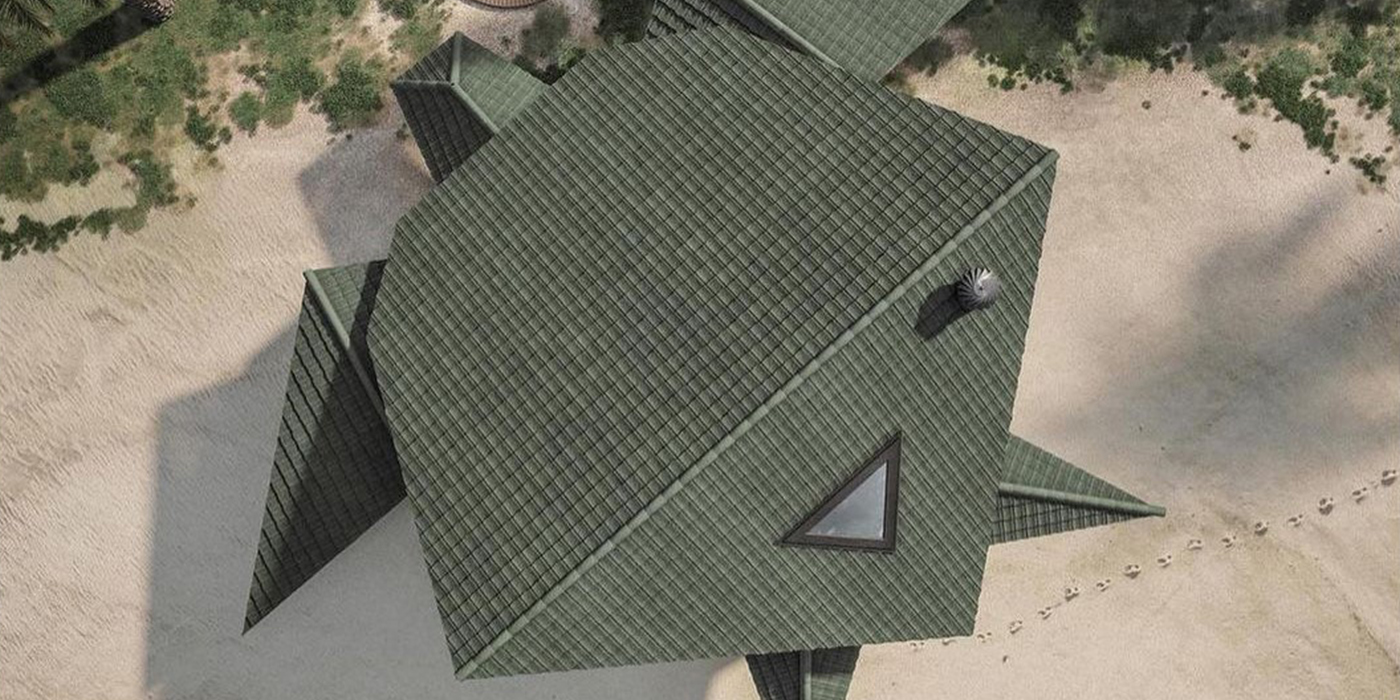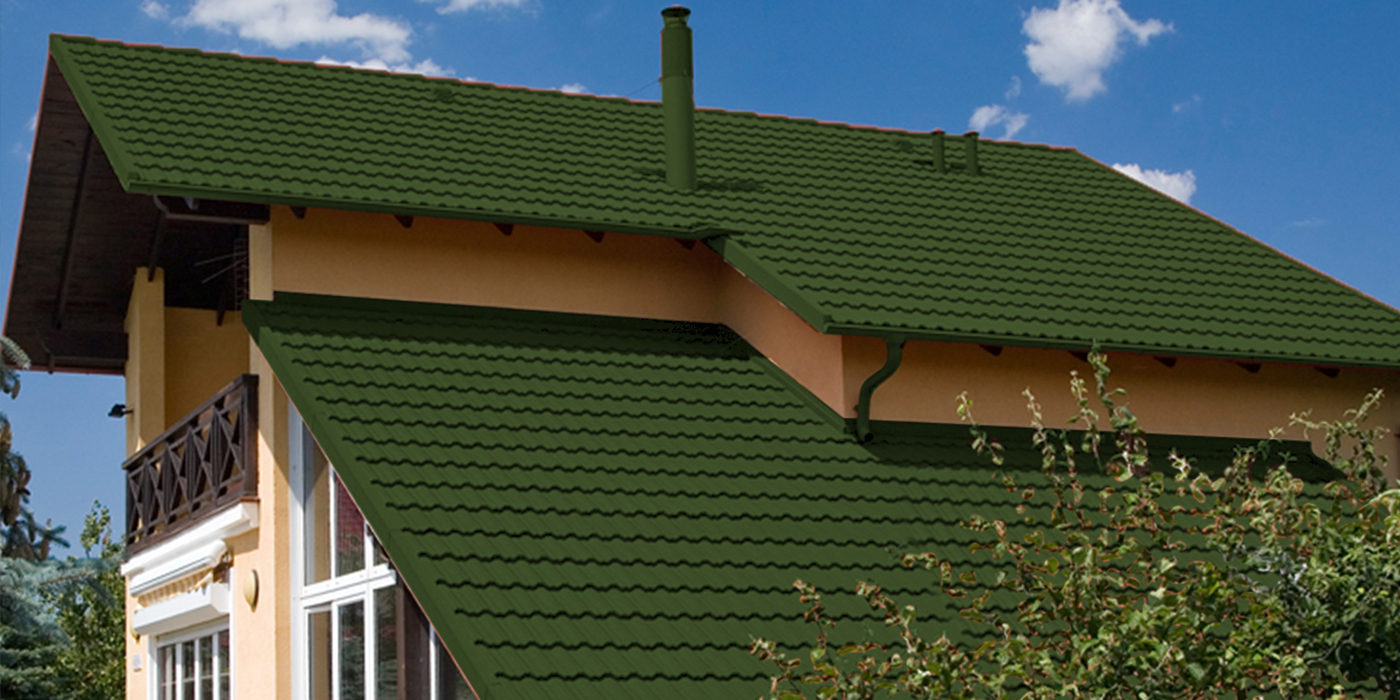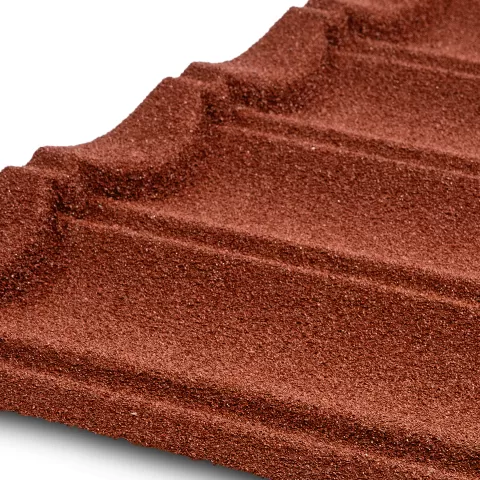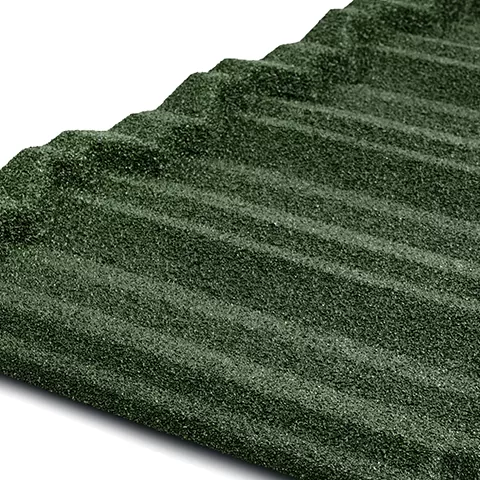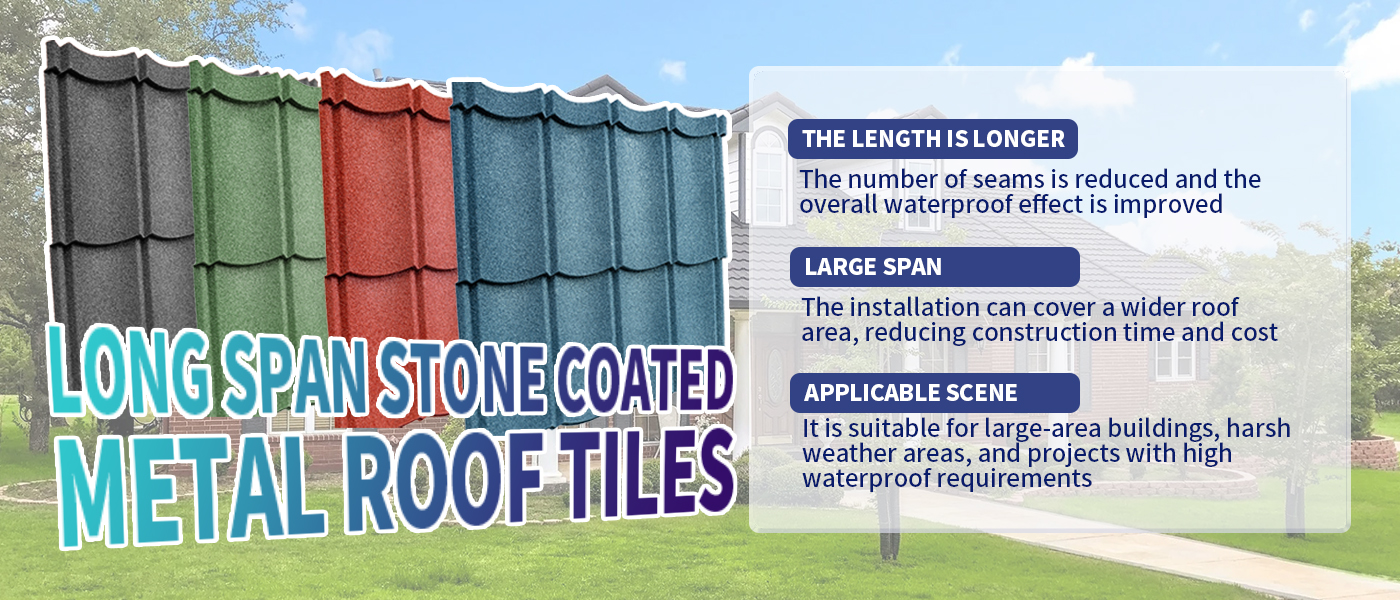
Advantages
Wind Resistance: Long span tiles perform exceptionally well in harsh weather conditions such as typhoons and hurricanes, making them especially suitable for buildings in wind-prone environments.
Waterproofing: Compared to shorter tiles, long span tiles have fewer seams, resulting in superior waterproofing, particularly in rainy and humid regions. This feature is a key selling point for high-end customers.
High Installation Efficiency: The larger coverage area of long span tiles reduces installation time and labor costs, making them ideal for large-scale buildings and high-end projects that require quick construction.
Long-Term Maintenance Savings: With a long lifespan and low maintenance requirements, long span tiles offer significant savings on repair and replacement costs over time, despite their higher initial cost.
Purlins: By increasing the spacing between purlins, fewer purlins are required, leading to cost savings.
Disadvantages
Larger Volume: Due to their longer size, long span tiles require more space during transportation compared to shorter tiles. This means fewer tiles can be transported in a single shipment, leading to higher transportation costs.
Inconvenient Handling: Long span tiles are less flexible to handle, especially in narrow or complex construction environments. They are more prone to damage or scratches during transportation and unloading, increasing the difficulty of handling.
Requires a Professional Installation Team: Although the installation of long tile covers a large area and saves part of the construction time, due to its large volume and high requirements for tile connection, it is difficult for non-professionals to ensure the installation quality.
Poor Adaptability for Complex Roofs: For roofs with complex shapes and varying angles, long span tiles require cutting during installation, which increases time and labor costs. On sloped or curved roofs, the difficulty of installation has increased significantly.




